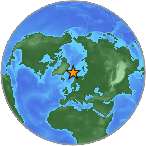
5.3 Greenland Sea -USGS
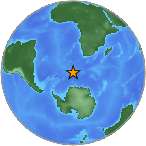
Bouvet Island South Pole – USGS
South Pole
M5.2 – 233km E of Bouvet Island, Bouvet Island
North Pole
M5.3 – Greenland Sea
When both poles experience large earthquakes at the same time , the poles are shifting.
A New View of The Earth

5.3 Greenland Sea -USGS

Bouvet Island South Pole – USGS
M5.2 – 233km E of Bouvet Island, Bouvet Island
M5.3 – Greenland Sea
When both poles experience large earthquakes at the same time , the poles are shifting.
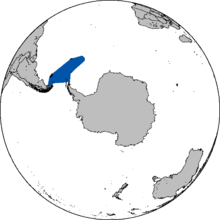
The Scotia Sea is moving, which provides evidence that the South Pole is shifting.
If you ever questioned the “Pole Shift” theory, you won’t after you check this out …
The South Pole is moving, experiencing large earthquakes located at the subduction zone in the Scotia Sea. This is proof that the poles are, indeed, shifting.
Over the past 24 hours, the South Pole has experienced the following earthquakes in the Scotia Sea:
When the South Pole shifts to this level, the North Pole will respond with a proportionate shifting. Then, the Earth’s equator will respond, and, eventually, the weakest parts of the Earth’s crust, globally, will shift.
There are some major earthquakes yet to come within the next 10 days. Be on the look out – keep watch for increased earthquake activity.
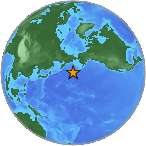
A 6.1 quake in the Aleutian Islands, Amatignak, Alaska, November 12, 2013 – USGS
Large quakes have been occurring at both the North and South Poles, again. The closer these quakes occur to one another signals more movement at the poles.
When polar earthquakes occur, the Earth’s axis is rocking back and forth in small arcs seeking balance like a tightrope walker wobbles in the middle of a suspended rope.
Every planet balances on its axis much like a tightrope walker balances on a wire suspended in the air. When that balance is disrupted, instability occurs at the poles, more wobbling results, and more earthquakes occur at both of the poles.
The movement started with a 6.6 magnitude quake at Ust’ Kamchatsk, Russia.
A 6.1 quake followed east of Kamchatsk at Amatignak, Alaska.
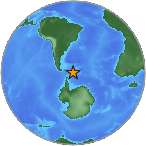
A 6.1 magnitude quake in the Scotia Sea, Antarctica, November 13, 2013 – USGS.
The Scotia Sea, Antarctica responded with a 6.1 magnitude quake just hours later.

The Earth wobbles like a tightrope walker when its axis is unstable.
Imagine that the Earth’s geographic poles are like a stick poking out of the top and bottom of the Earth, piercing straight through the heart of the planet like a skewer.
Now, visualize the magnetic poles running alongside the “skewer”, pulsating around it like a static’y shadow.
When the Earth moves, the “skewer” moves with it.
The North and South Poles (both magnetic poles and geographic poles) vibrate when the planet shifts, much like a tightrope walker quivers as he balances on a high wire.
Over the past 4.54 billion years, the Earth has wobbled on its axis many times to maintain balance.
When the Earth slips on its axis, the planet is still rotating, and this spin is very important because it keeps the magnetic field functioning. If rotation stops entirely, the magnetic field completely shuts down.
We are watching this same effect on the Sun today as its magnetic field prepares to “flip.”
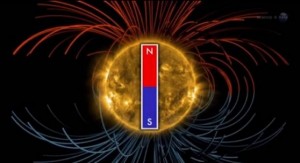
Every 11 years, the Sun’s magnetic poles reverse, and this big event will take place within the next 2 months. Courtesy of NASA
A wirewalker will sway to and fro to better control his balance, and the result is less tipping. The wirewalker can control his sway by rotating his balancing pole sideways, using a pole or his arms.
The Earth does the same thing when it rotates on its axis. The North and South Poles tip from side to side in tiny arcs to maintain balance.
The Earth also controls the sway at the poles by tipping its axis sideways. When this happens, the entire planet responds: global weather patterns change, more earthquakes and volcanic eruptions take place, and violent storms and flooding result.
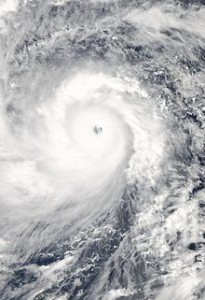
Super Typhoon Haiyan, November 2013 – NOAA
From “Super Typhoons” to strong earthquakes at the poles – we are witnessing a polar “sway.”
Let’s see how the rest of the planet responds over the next few days.

"A new view of the Earth."
This blog provides info about natural disasters and earth changes affecting human life. Brought to you by Janet Starr Hull.
Copyright © 2024 · Prose on Genesis Framework · WordPress · Log in